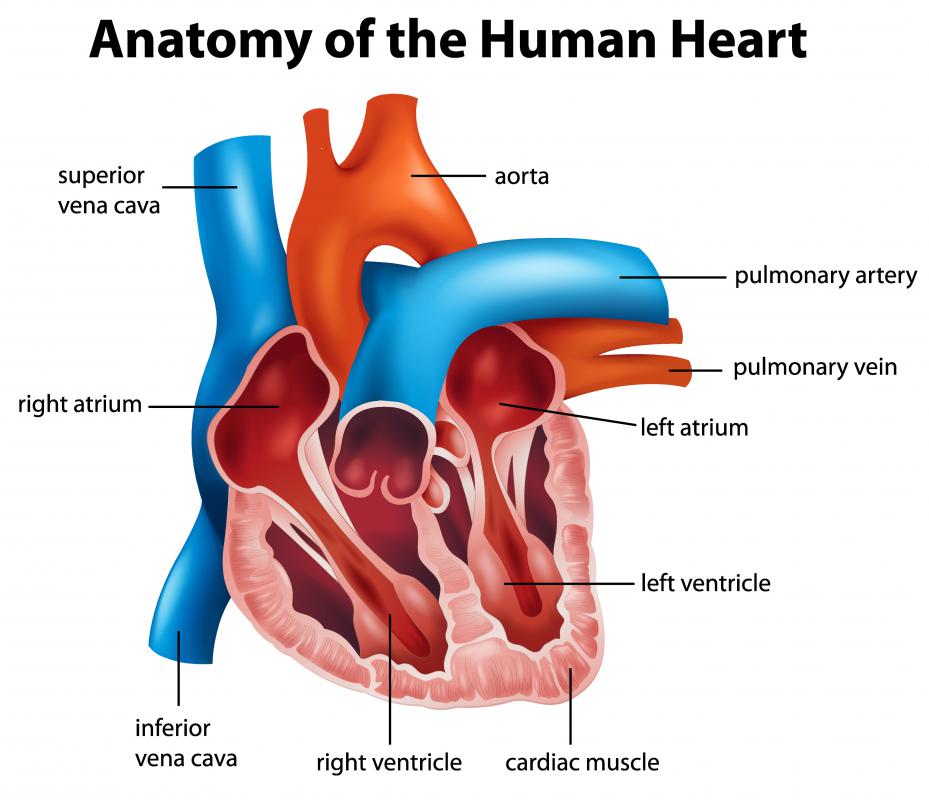At WiseGEEK, we're committed to delivering accurate, trustworthy information. Our expert-authored content is rigorously fact-checked and sourced from credible authorities. Discover how we uphold the highest standards in providing you with reliable knowledge.
What is Proarrhythmia?
Proarrhythmia is irregular beating of the heart specifically caused or aggravated by drugs. Often, drugs prescribed to cure naturally-occurring arrhythmia ironically speed or slow the heart’s rhythm, triggering proarrhythmia. The condition poses a threat to people who routine rely on heart medications year after year, because it causes a higher risk of heart attack. Proarrhythmia is most common at the start of drug therapy for heart conditions, but can spontaneously arise after long-term drug use.
There are two main kinds of proarrhythmia, both of which can cause sudden mortality. Ventricular tachycardia is a form of proarrhythmia that originates in the ventricles and is characterized by an extremely fast-paced heart rhythm. Reduced atrial flutter is the second style of proarrhythmia and begins in either the right or left atrium; it can last for days or weeks.

While atrial flutters can be fast, those associated with pharmaceutical drugs tend to be extremely slow—under 60 heart beats for every minute. The sinus node, which is located in the right atrium, is responsible for creating the electrical pulses that regulate heartbeats. An atrial flutter which begins in that node is formally known as sinus bradycardia, which is not as dangerous or fatal as ventricular anomalies.

A full heart beat occurs when currents from the right atrium contract the atria and then, after a brief pause to allow blood flow, contract the ventricles which flank the atria. Patients who have structural damage to either the atria or ventricles due to heart disease and other medical conditions are most at-risk for proarrhythmia. Often, this risk may not show up in routine tests or electrocardiograms. Some doctors may recommend a pacemaker to provide back-up heart function in these at-risk patients.

Although all heart medication has the propensity to disrupt cardio rhythms, beta-blocker drugs like metoprolol and sotalol can especially cause proarrhythmia, according to medical studies. The irregular heart function caused by these drugs may not be immediately noticed as a problem with heart rhythm; instead, the patient might suffer dizziness or fainting spells due to the overly long pauses between heart contractions. Often, the combination of beta-blockers with a cocktail of other heart rate management drugs triggers the proarrhythmia. Therefore, many cardiologists are deciding against combination drug therapy, opting instead to prescribe either anti-arrhythmia drugs or rate-managing drugs. Some patients, however, do not show improvement with a single style of drug therapy; these people might benefit from cardiac ablation to cure arrhythmia.
AS FEATURED ON:
AS FEATURED ON:

















Discuss this Article
Post your comments